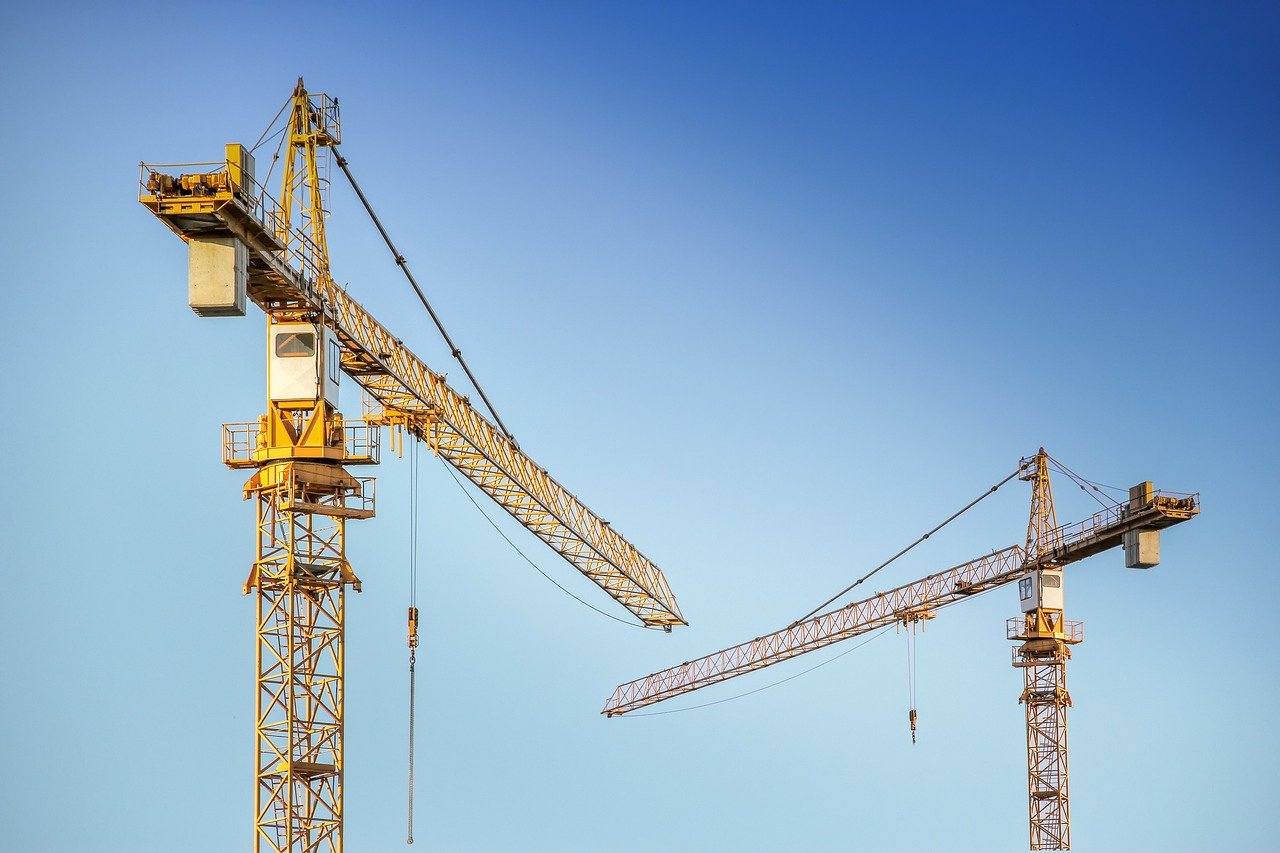Significant Western Buildings was once a main producer and merchant of pre-assembled steel buildings across the US. In any case, during the 1990s, the Colorado-based company ended up at the focal point of a significant class action lawsuit charging extreme defects with their steel building structures. This article gives an outline of the Great Western Buildings lawsuit, including what turned out badly, the claims against the company, and the outcome.
Introduction
In the last part of the 1980s and mid 1990s, Great Western Buildings offered numerous pre-assembled steel buildings yearly to individuals cross country. People preferred how simple the pack buildings were to assembled. They would involve the buildings for their homes, stables, studios, and that’s only the tip of the iceberg. Yet, soon, numerous people saw issues with their steel buildings.
Despite the fact that the buildings were only a couple of years old, the steel was at that point rusting and disintegrating excessively fast. Proprietors saw spills, issues with the framing, and costly fixes required unexpectedly early.
They figured this ought not be occurring, as their buildings were spic and span only a couple of years prior.
Great Western Building Systems Lawsuit
This case includes a construction company called Great Western Building Systems, LLC, confronting a class-action lawsuit filed in 2022. The lawsuit asserts that the company utilized damaged materials and construction techniques in a large number of its buildings, prompting serious wellbeing and wellbeing gambles for mortgage holders and organizations.
A few explicit claims against Great Western Buildings Lawsuite incorporate
- Utilizing drywall containing hazardous degrees of sulfur dioxide
- Introducing protection that contained Form and asbestos
- Utilizing windows that were not enough fixed and spilled air and water
- These supposed defects have purportedly caused a scope of issues, including: Primary harm to buildings
- Respiratory issues, skin aggravation, and disease in occupants
- Monetary misfortunes for mortgage holders and organizations because of fixes and property downgrading
- The lawsuit is as yet forthcoming, and saying the outcome is too soon. Be that as it may, assuming the offended parties are effective, it could bring about significant monetary pay for those whom Great Western Buildings’ construction rehearses have hurt.
- Picture of Hammer beating on Regulation seat Opens in another window
The Great Western Building Lawsuit (Mumbai)
This lawsuit traces all the way back to the nineteenth hundred years and includes a memorable building called the Great Western Building in Mumbai, India. The building has filled different needs from the beginning of time, counting being a lead representative’s home, an admiralty house, and a hotel.
In 1883, the building was changed over into the Great Western Hotel. Another five-story wing was added in the mid 1890s. In any case, the hotel ultimately shut, and the rooms were partitioned for rental purposes. The lawsuit connects with a disagreement regarding these partitioned units’ proprietorship and inhabitance freedoms. The subtleties of the case are intricate and include different legal issues.
Customer Complaints Emerge
The primary difficult situations emerged in the mid 1990s as increasingly more disappointed Great Western building proprietors started archiving issues. Customers detailed that the stirred steel utilized in the edges and wall boards appeared to be rusting and consuming a lot quicker than it ought to. Inside 5-10 years, unattractive rust stains and openings were noticeable. Far more terrible, the erosion was making pillars and boards clasp or loosen up, undermining the trustworthiness of the whole design.
Class Action Lawsuit Filed
In 1996, Colorado occupant Beam Dolin-whose Great Western outbuilding had created serious rust issues following six years-made a legal move. He filed a class action lawsuit against the company for himself and the a huge number of other disappointed proprietors.
The grievance asserted that Great Western knew or ought to have realized that their steel decision and welding strategies were insufficient and would prompt untimely erosion. It guaranteed the company was careless and penetrated the suggested guarantee that the buildings would last a sensible life expectancy prior to requiring fixes.
Great Western Buildings Lawsuit Denies Fault
Great Western denied any bad behavior and battled the claims vivaciously. They guaranteed the steel and welds satisfied industry guidelines and that different elements like cruel climate or inappropriate gathering could be to be faulted for proprietors’ issues. Nonetheless, offended parties could introduce proof that comparable steel buildings from various producers were not encountering issues on something similar scale. Designs additionally picked apart Great Western’s welding.
Trial and Ruling
Following quite a while of legal procedures, the case went to trial in Colorado. In November 2000, the jury favored the offended parties, ruling that Great Western was careless in their decision of steel, quality control, and gathering techniques. A couple of months after the fact, in 2001, the Colorado High Court maintained the jury’s decision, stamping one of the biggest class action settlements in state history.
Resolution and Impact
Great Western at last consented to settle up to $50 million to cover fixes or substitutes for the 20,000 impacted building proprietors. While not all claims were completely repaid, it gave truly necessary help
The case set a significant trend that producers have a suggested guarantee that designs will keep going for a sensible period before exorbitant defects emerge. It was a significant triumph for buyer security regulations in regards to pre-assembled building quality.
A couple of other notable class action lawsuits that have impacted the construction industry:
Chinese Drywall Class Action: A large number of homes worked somewhere in the range of 2001 and 2008 utilized imperfect imported drywall that discharged destructive gases, harming machines, lines, and metals. Lawsuits against makers in China are as yet progressing.
Polybutylene Plumbing Class Action: Defects in polybutylene pipes made them spill rashly in an expected 1 million homes worked during the 1980s-90s and got comfortable 1995 for $950 million.
Framing Defects Lawsuit Against Toll Brothers: A large number of mortgage holders claimed developer Toll Brothers utilized deficient materials and methods, prompting underlying issues. She was gotten comfortable 2009 for $11 million.
Dryvit Stucco Siding Class Action: Breaks and holes were accounted for in structures favored Dryvit’s engineered stucco item and got comfortable 2008 for $305 million after proof it consumed water.
TrusJoist Floor System Defects Lawsuit: Weyerhaeuser’s TJI floor joists experienced form or decay issues. They were agreed to $170 million of every 2007 to fix 35,000 homes.
Tile Roof Defects Lawsuit Against GAF: CertainTeed and MFM Building Items settled separate lawsuits over untimely shingle breakdown and holes for $68 million and $9 million, separately.
These lawsuits helped shape present day building codes while giving repayment to mortgage holders. They likewise showed construction item quality requirements oversight to forestall expensive primary or medical problems
Beyond the Headlines:
These lawsuits aren’t simple insights. They address lives overturned, families dislodged, and jobs undermined. Property holders wrestle with disintegrating walls and wellbeing tensions, organizations battle with exorbitant fixes and movement, and people battle for pay and acknowledgment of their aggravation.
A Trail of Legal Tangled Vines:
Each case winds around a mind boggling story of master declaration conflicting overbuilding codes, project workers pointing fingers, and monetary harms piling up like dominoes. Long stretches of suit inch forward, leaving a trail of vulnerability and disappointment afterward.
The Aftermath: Equity Looked for, Notoriety Discolored:
The lawsuits harmed Great Western’s standing. People used to believe them completely however presently felt somewhat unsure. Might they at any point depend on Significant Western buildings? Individuals watched them intently, leaving the company with a daunting struggle to recover trust. It would be hard to show individuals they make quality designs once more. Great Western had their work removed to fix how people saw them later the issues.
A Call for Change:
These lawsuits raised significant inquiries. How could individuals improve buildings? What oversight is required? Also, how capable should organizations be? Great Western’s story shows we should be cautious. Quality and security ought to precede all else
The story isn’t finished at this point. More legal disputes are as yet occurring. Also, what will happen to the Great Western is muddled. However, one thing is clear – what occurred here will cause significant changes. It will make construction laborers think harder about how we plan and administer projects and guarantee organizations are responsible when things turn out badly. These legal fights will keep molding how entire networks are worked for quite a long time
Lessons Learned
The Great Western Buildings lawsuit demonstrated the way that compromising on materials and construction practices can blow up massively. While the company is at this point not in business today, their experience is a useful example. Building proprietors likewise learned to be careful about untimely consumption claims or boundless issues as expected warnings of a fundamental imperfection. Generally speaking, it featured the significance of value control principles inside the prefab designs industry.
Conclusion For Great western buildings lawsuit
In conclusion, the class action against Great Western Buildings was one of the most broad in managing construction defects. Through obstinate legal fights, impacted customers acquired affirmation and remuneration for the company’s job in their rashly bombing steel structures. It set a significant trend that actually impacts building item producers and shoppers today.


